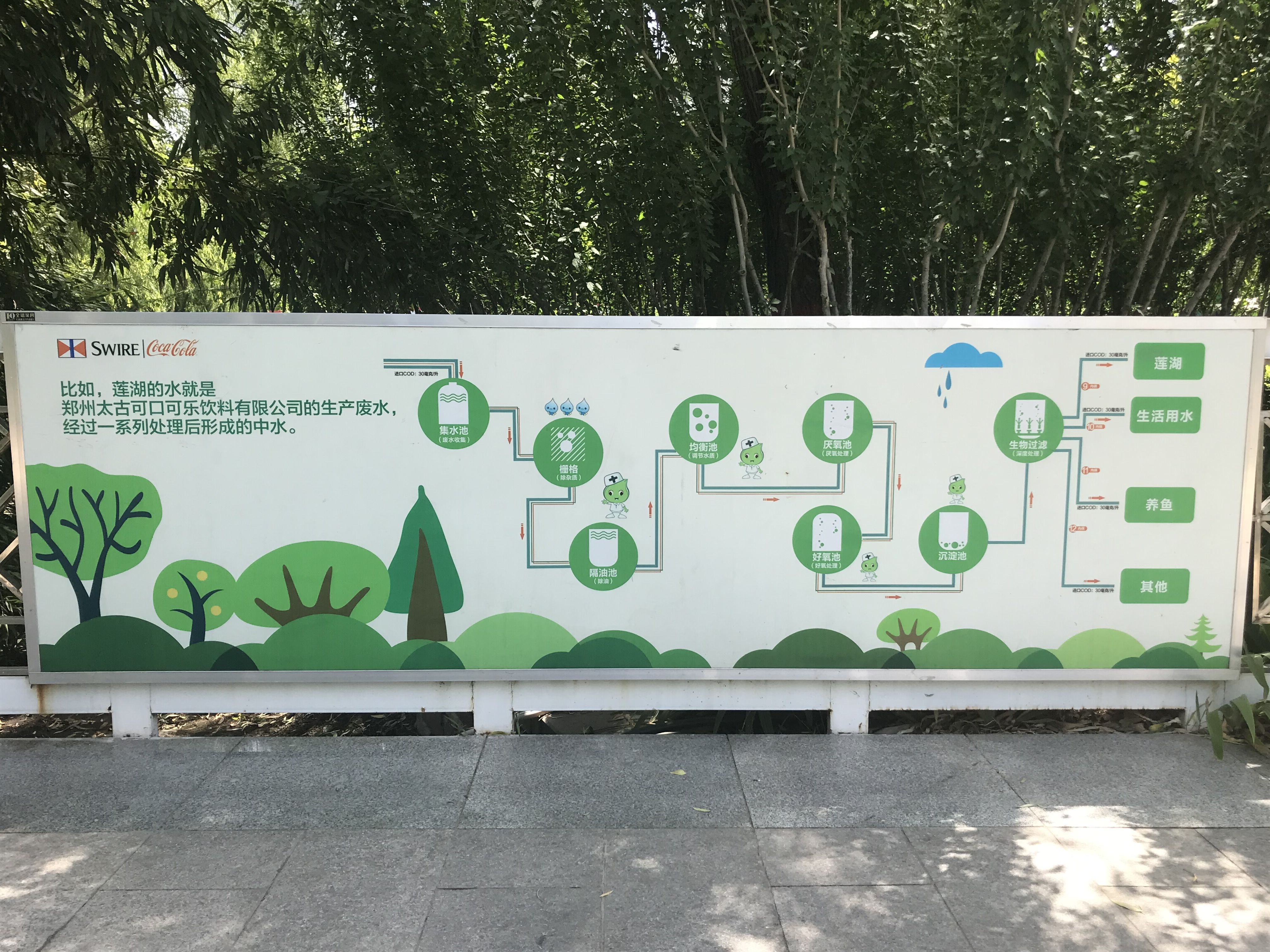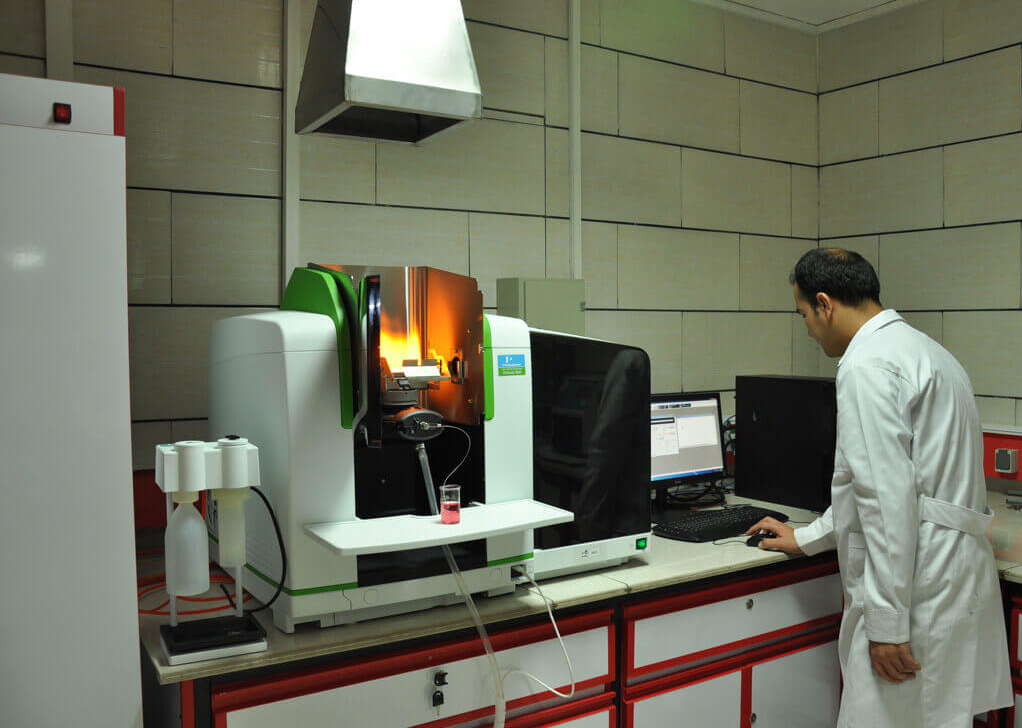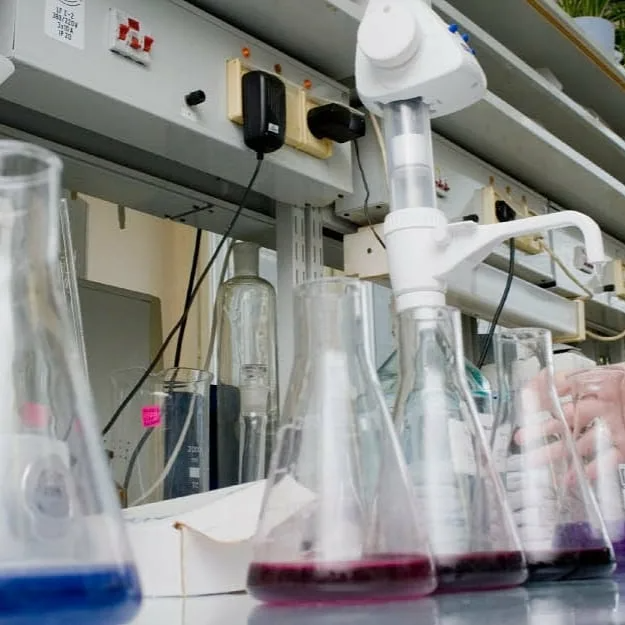Faced with the current severe water use situation, in order to cope with the declining groundwater resources, the country has begun to vigorously promote the use of reclaimed water in recent years. The country’s current utilization rate of recycled water is 15%, which is mainly used for urban greening, miscellaneous use, industrial water, landscape water, and groundwater recharge. What is recycled water? In fact, it is what we often call middle water. Its water quality is between sewage and drinking water. It is mainly derived from urban domestic wastewater and part of industrial wastewater. After technicaltreatment such as precipitation and filtration, the water quality reaches a certain environmental protection standard, and then it is reused in some daily life.
Due to the complexity of the water quality of reclaimed water, different industries require different standards when using it. In addition, compared with other natural water bodies, the water quality testing of reclaimed water also has some differences. Today we will talk about the detection steps of the total arsenic content in the reclaimed water.

Detection principle
After the reclaimed water sample is digested with acid, the prepared thiourea is added to pre-reduce pentavalent arsenic to trivalent arsenic, and then potassium borohydride is added to further reduce all trivalent arsenic to arsine hydrogen, which is loaded with argon The quartz atomizer is decomposed into atomic arsenic, and atomic fluorescence is generated under the emission laser of the arsenic hollow cathode lamp. The fluorescence intensity is proportional to the concentration of arsenic in the measured regenerated water under fixed conditions.

Detection reagents and equipment
1. Laboratory ultrapure water
2. Hydrochloric acid
3. Nitric acid
4. Hydrochloric acid solution: 1+19
5. Nitric acid solution: 1+4
6. Thiourea-ascorbic acid solution 100g/L
Weigh 50.0g thiourea and 50.0g ascorbic acid into a 500mL beaker, add ultrapure water to dissolve and dilute to 500mL.
7. Potassium borohydride-sodium hydroxide solution
Weigh 2.0g of sodium hydroxide and 10.0g of potassium borohydride in a polyethylene beaker, dissolve it with water and dilute to 1000mL, you must remember that this solution needs to be used and prepared.
8. Arsenic standard stock solution 0.1mg/mL
9. Arsenic standard solution 0.1ug/mL
Take 10.00mL of the arsenic standard stock solution into a 100mL volumetric flask, add 10..0mL hydrochloric acid, dilute to the mark with laboratory ultrapure water, and mix well.
Before use, transfer 1.00mL of this solution to a 100mL volumetric flask, add 10.0mL hydrochloric acid, dilute to the mark with laboratory ultrapure water, and mix well. This solution is used now.

Reclaimed water sample steps
First, the glassware used before the test must be soaked in nitric acid solution for 24 hours, and then rinsed with ultrapure water for use.
1. Drawing of calibration curve
Pipette 0.00mL (blank), 2.00mL, 4.00mL, 6.00mL, 8.00mL, 10.00mL arsenic standard solution into six 50mL volumetric flasks, respectively add 2.5mL hydrochloric acid, 2.5mL thiourea-ascorbic acid solution, and dilute with water To the scale, gently shake it evenly and leave it for 30 minutes. The mass concentrations of arsenic in this series of solutions are 0ug/L, 4ug/L, 8ug/L, 12ug/L, 16ug/L, 20ug/L.
After the instrument is stable, use potassium borohydride-sodium hydroxide solution as the reducing agent and hydrochloric acid solution as the carrier solution, and measure its fluorescence value under the best working conditions of the instrument. Use the measured fluorescence value as the ordinate and the corresponding mass concentration of arsenic (g/L) as the abscissa to draw a calibration curve and calculate the regression equation.
2. Detection of water samples
Use a pipette to measure an appropriate amount of regenerated water sample or diluted water sample (determined according to the element calibration curve range of the atomic fluorescence spectrometer) and place it in a 150mL beaker. Add 5.0mL nitric acid and make up with water until the volume of the solution is about 30mL. Cover with a watch glass and boil slightly for about 1 min. After cooling, transfer to a 100mL volumetric flask, add 5mL hydrochloric acid, 5mL thiourea-ascorbic acid solution, dilute to the mark with water, and shake well. Leave it for 30 minutes. Follow the standard solution measurement procedure to detect the fluorescence intensity of the above solution. The specific arsenic content of the regenerated water sample is calculated from the calibration curve or the regression equation.
The above method is derived from "GB/T 39306-2020 Reclaimed Water Quality Determination of Total Arsenic Atomic Fluorescence Spectrometry"



